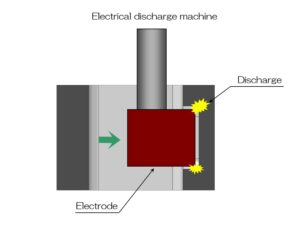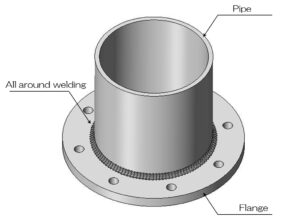016 Milling: The best way called design change!
We will introduce typical examples that are prone to deformation, such as bifurcated shapes and long holes near the edges. By changing the design to a shape that is less prone to deformation, manufacturing will proceed more smoothly.
013 Milling: 3D processing and surface roughness
We will explain how to process three-dimensional shapes and surface roughness by cutting using a ball end mill. I think it's a good idea to keep in mind that there are rough processing and finishing steps, and each has a different purpose.
010 Milling: Design considering with setup changes
By aligning the machining surfaces, it is possible to reduce setup changes and the number of machining steps. Here are some examples of such rational design changes.
004 Milling: Types and characteristics of end mills
We will introduce the types and characteristics of end mills for cutting. It is broadly divided into shape machining and hole machining, and many types and sizes are used for each.
002 Welding: Distortion and how to deal with it
We will introduce the tendency of distortion due to welding and how to deal with it. The degree of distortion varies depending on the thinness of the base metal, the depth of weld penetration, the length of the weld leg, etc. Let's design it rationally, keeping in mind how to deal with distortion!






